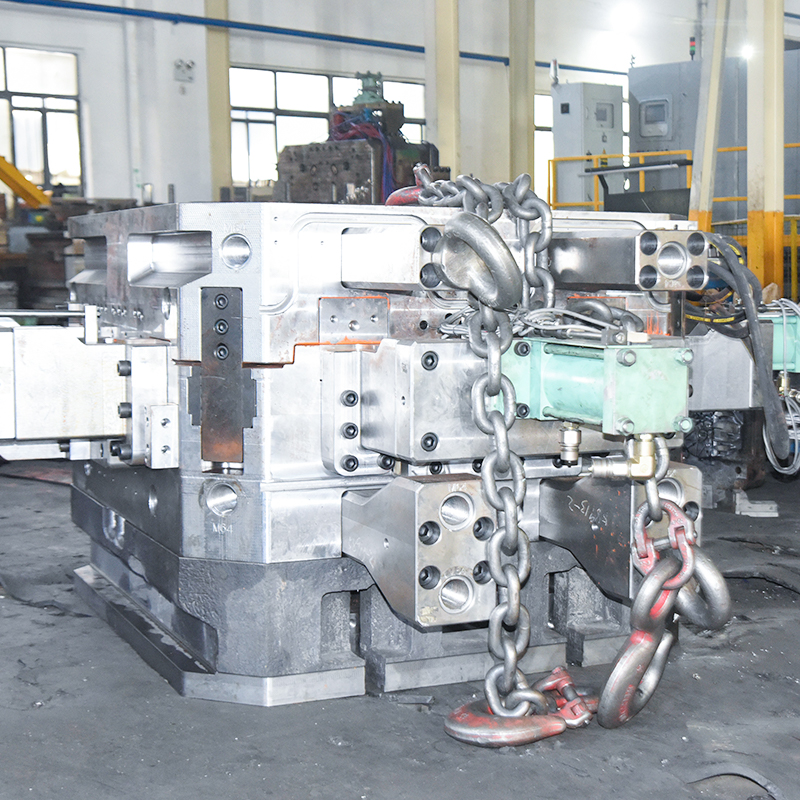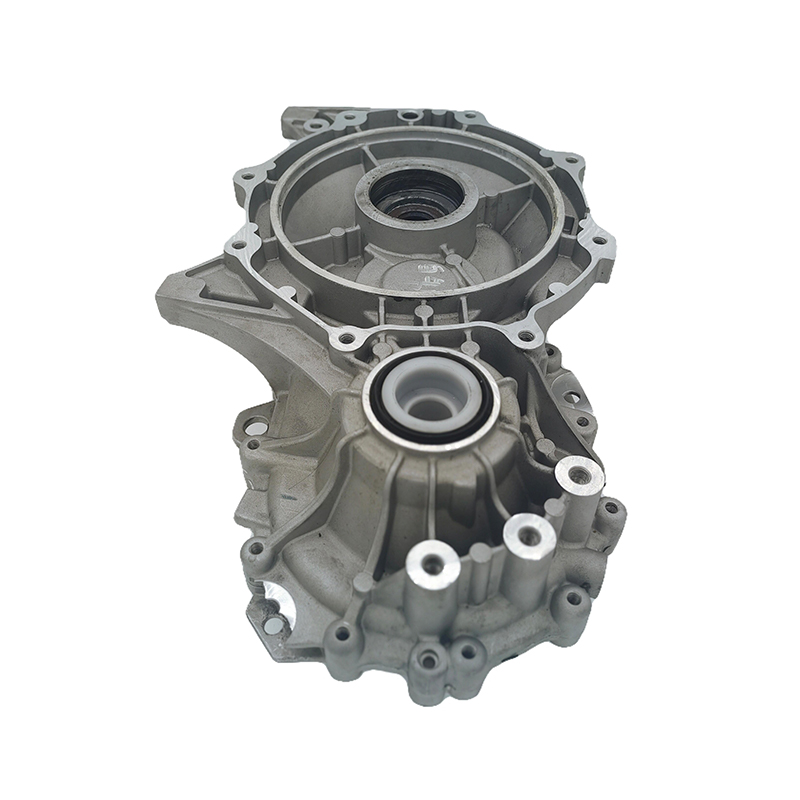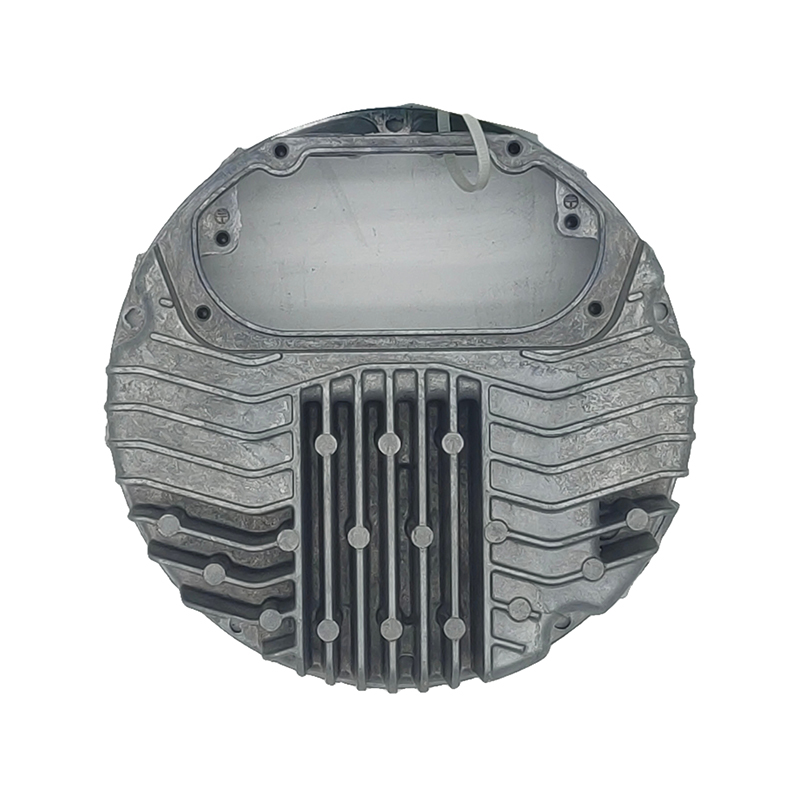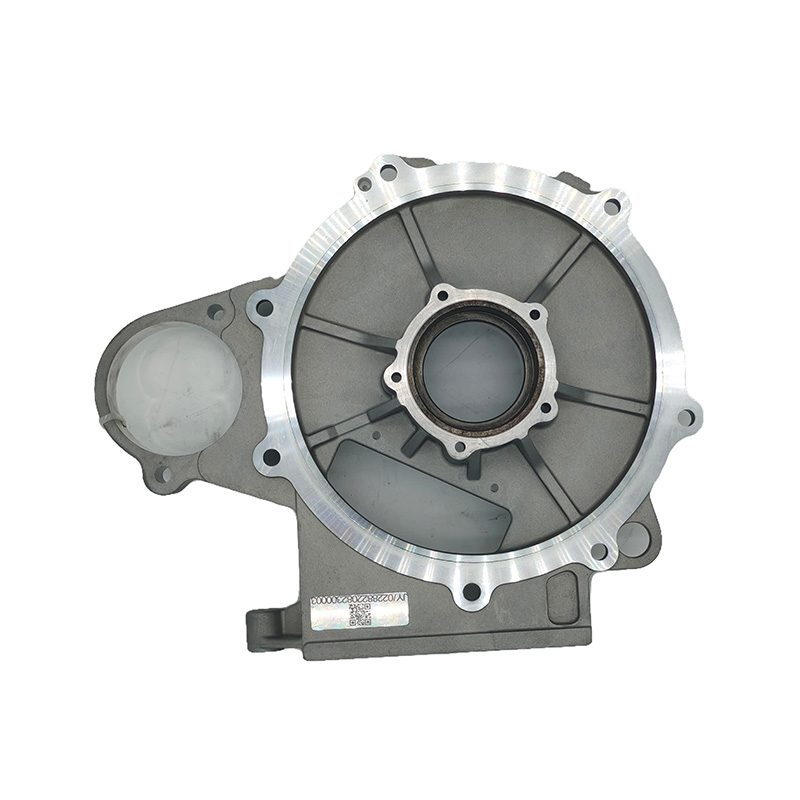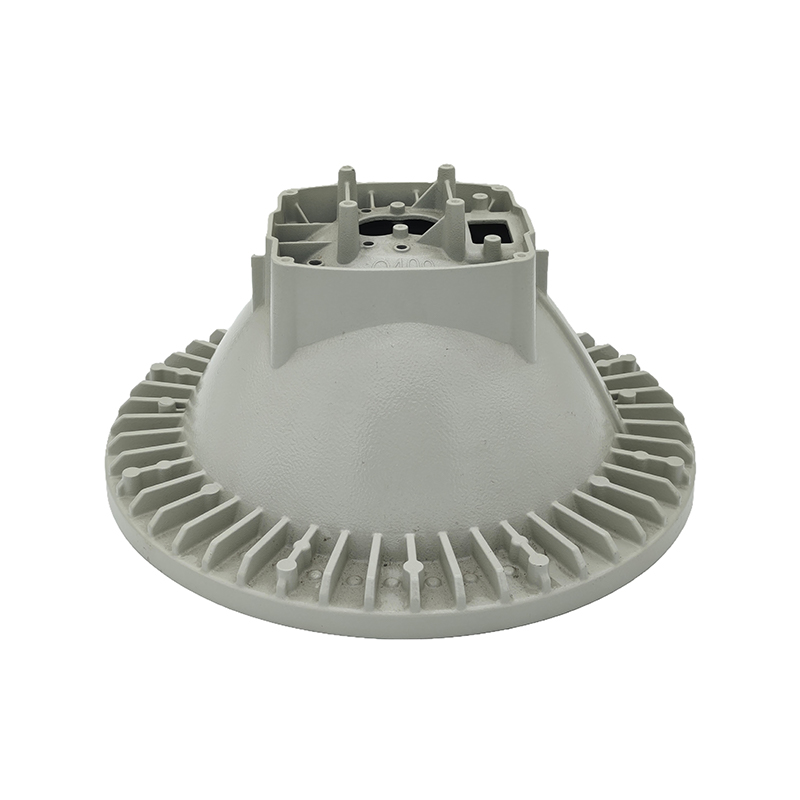1. Introduction: How Technological Innovation is Changing the Manufacturing Landscape
As global manufacturing continues to move toward higher efficiency and smarter production, companies are facing increasingly intense competition. In particular, in the high-precision product manufacturing sector, factors such as manufacturing precision, production efficiency, product quality, and cost control have become critical to a company’s ability to stand out in the market. Die casting molds, as the core component of this production process, play a pivotal role, and breakthroughs in their technology have a profound impact on the entire manufacturing industry.
The breakthrough in high-precision die casting mold technology is the "secret weapon" driving the transformation of manufacturing. Through technological innovation, it not only improves the precision and reliability of molds but also enhances production efficiency, reduces costs, and ultimately propels the smart and sustainable development of the manufacturing industry. These technological advancements not only meet the increasingly stringent market demands but also open up broader development space for businesses.
2. Technological Breakthroughs in High Precision Die Casting Molds
Intelligent Design
With the continuous advancement of computer-aided design (CAD) technology, mold design has entered a new era. Intelligent design not only enhances precision but also effectively reduces human error and increases design efficiency. Traditional mold design often requires multiple tests and modifications, while modern intelligent design systems can predict mold performance in real-world production through real-time data analysis and optimization, significantly shortening product development time.
Intelligent design software can identify potential flaws and provide optimization solutions during the design phase, reducing design and production cycles. This technology enables high-precision molds to better meet complex manufacturing requirements and achieve high precision, high efficiency, and high stability.
Application of Advanced Materials
The selection of mold materials directly affects the durability, precision, and production efficiency of the mold. In recent years, with the emergence of advanced materials such as high-strength alloys and ceramic composites, the performance of mold materials has undergone a qualitative leap. These materials not only offer stronger wear resistance and corrosion resistance but also maintain high stability under extreme working conditions.
For example, hot-work tool steels and tungsten alloys are widely used in high-precision die casting molds due to their excellent high-temperature resistance. The use of these new materials significantly improves the lifespan and stability of molds, reduces failure rates, and ensures continuity and stability in the production process.
Precision Processing Technologies
With the development of CNC technology, 5-axis CNC machining and laser processing technologies have become core techniques in mold manufacturing. Traditional 3-axis CNC machines, due to their limited processing range and precision, can no longer meet the requirements of modern high-precision die casting molds. In contrast, 5-axis CNC technology allows for precise cutting from multiple angles, greatly enhancing machining precision and efficiency, while reducing errors in the process.
Additionally, the application of laser processing technology enables mold manufacturing to achieve micron-level precision, significantly improving the surface finish and detail handling capabilities of molds. These precision processing technologies greatly enhance the manufacturing accuracy of die casting molds, better meeting the demands of complex and precise manufacturing.
Heat Treatment Technologies
Heat treatment is an indispensable process in mold manufacturing, as it enhances the hardness, wear resistance, and deformation resistance of mold materials. With the introduction of high-temperature quenching, isothermal annealing, and other heat treatment technologies, the performance of molds under high temperatures and high pressures has been significantly improved. By optimizing heat treatment processes, the lifespan of molds is extended, production stability is ensured, and downtime due to mold wear or failure is reduced.
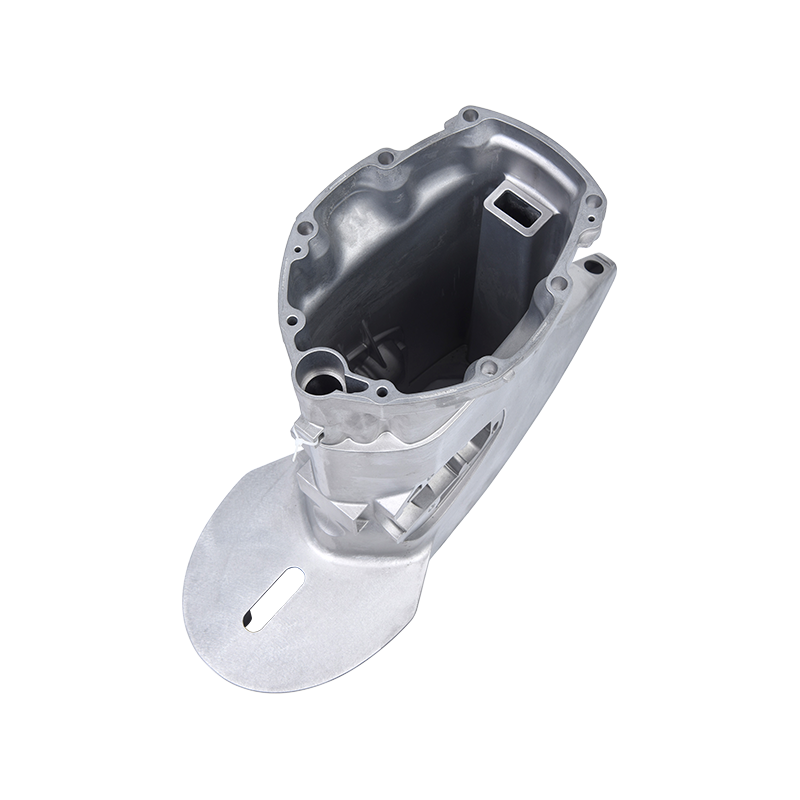
3. How Technological Breakthroughs Drive Production Efficiency
The breakthroughs in high-precision die casting mold technology directly drive improvements in production efficiency. Several aspects of this are reflected below:
Improved Production Efficiency
The use of high-precision molds significantly improves the efficiency of the die casting production process. The design and manufacturing of precision molds reduce the need for mold adjustments and process changes during production, thereby shortening the production cycle. This allows companies to produce more products within the same time frame, increasing output.
Reduced Scrap Rates
Since high-precision molds can better control the shape and dimensions of castings, they significantly reduce scrap rates. Traditional molds often lead to a large number of defective products due to mold wear, inaccurate design, or unstable processes. High-precision molds ensure that casting quality is guaranteed, drastically lowering scrap and rework rates, which saves on raw materials and labor costs.
Enhanced Product Quality
High-precision molds can better control parameters such as temperature and pressure during the production process, ensuring the quality of each casting. Precision manufacturing not only improves the aesthetic quality of castings but also enhances their mechanical properties, such as strength, hardness, and corrosion resistance. This makes the final product more competitive in the market, improving brand reputation and customer satisfaction.
Comparison of Technological Breakthroughs and Production Efficiency Improvements
| Technological Breakthrough | Production Efficiency Improvements | Reduced Scrap Rates | Product Quality |
|---|---|---|---|
| Intelligent Design | Shortens design time, increases efficiency | Optimizes designs in advance, reduces errors | Enhances design precision, improves product accuracy |
| Advanced Materials | Improves mold durability, reduces maintenance | Optimized material selection, reduces defects | Increases product strength and durability |
| Precision Processing | Improves processing accuracy, shortens cycle | Reduces processing errors, lowers scrap rates | Enhances surface finish, improves product quality |
| Heat Treatment | Extends mold lifespan, reduces downtime | More stable mold performance, reduces failure rates | Increases mold hardness, enhances product performance |
4. High Precision Die Casting Molds and Industry Innovation
Automation and Smart Manufacturing
The technological advancements in high-precision die casting molds not only improve individual production processes but also push entire production lines toward automation and smart manufacturing. By integrating with automated equipment, human intervention in the production process is reduced, minimizing human errors and enhancing production consistency and precision. Especially in large-scale production, automated systems can adjust production parameters in real-time through data collection and feedback, further improving production efficiency.
Green Manufacturing
The advancements in high-precision die casting mold technology support the implementation of green manufacturing principles. Through precise design and processing, mold manufacturing reduces material waste and energy consumption, improving resource utilization during production. Additionally, the precision molds reduce the generation of scrap, lowering environmental pollution, making the entire production process more sustainable and environmentally friendly.
Customization and Small-Batch Production
As consumer demand becomes more diverse, the demand for customized products is steadily increasing. High-precision die casting mold technology makes small-batch and customized production feasible. Through flexible mold design and efficient production processes, companies can achieve high-precision production while maintaining short cycle times and high-quality standards.
5. Looking Ahead: The Technological Trends of High Precision Die Casting Molds
Digitization and Big Data
In the future, digital technology and big data will further drive innovation in high-precision die casting mold technology. Through big data analysis, companies can monitor production parameters in real time, predict mold wear, and perform maintenance and replacements in advance, reducing downtime and ensuring efficient production.
3D Printing and Rapid Prototyping
With the development of 3D printing technology, the speed and precision of mold manufacturing will be further improved. 3D printing allows for the rapid production of complex mold prototypes, helping designers better verify their design ideas and significantly shortening the mold development cycle. When combined with high-precision mold technology, future production will be more flexible and efficient.
Lifecycle Management
In the future, full lifecycle management of high-precision die casting molds will become a trend in the industry. Through intelligent monitoring systems, the lifespan and performance of molds will be more accurately managed, optimizing the control and management of the entire process, from design and production to maintenance, ensuring long-term stability.

 English
English Español
Español Deutsch
Deutsch русский
русский